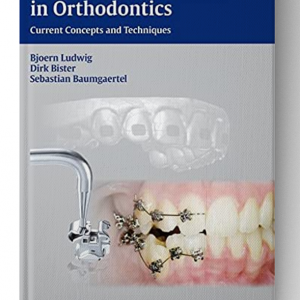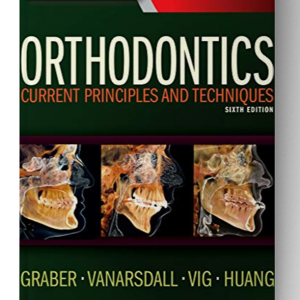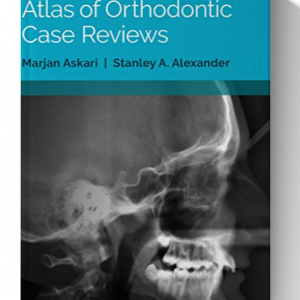Though comprehensive diagnosis and treatment planning set the stage for effective orthodontic treatment, it is a clear understanding of the fundamental biomechanical principles behind orthodontic force that allows the clinician to design the most favorable appliances and systems.
Correct application of the principles of biomechanics leads to highly efficient and successful orthodontic treatment; a lack of proper understanding produces ineffectual systems that may even lead to collateral tissue damage.
In addition, knowledge about the properties of the latest wire, bracket, and bonding materials and designs is a key factor in the configuration of successful orthodontic appliances. This essential book introduces students of orthodontics to the evolution of orthodontic technology and the properties of orthodontic materials, and outlines the essential mechanical principles behind successful orthodontic treatment.
Contents
- Physical Principles
- Application of Orthodontic Force
- Analysis of Two-Tooth Mechanics
- Frictional and Frictionless Systems
- Anchorage Control
- Correction of Vertical Discrepancies
- Correction of Transverse Discrepancies
- Correction of Anteroposterior Discrepancies
- Space Closure











